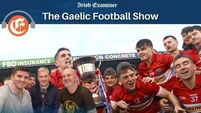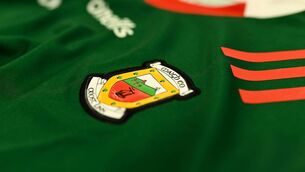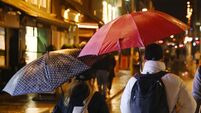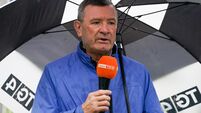The Kingdom, the capital and the empire: The role of the Kerry and Dublin GAA in the 1916 Rising

The Association’s Laochra celebration will follow the meeting of Kerry and Dublin. Remarkably this will be only the third occasion these behemoths of Gaelic football have contested a National League final in the 90-year history of the competition. Yet there is a certain historical symmetry to Kerry and Dublin’s representation. Nowhere was the role of GAA members in the planning and execution of the Rising as noteworthy as in these counties...
In May 1915, the IRB had established a Military Council which, under the leadership of Patrick Pearse, began to plan a rebellion against British rule in Ireland using the Irish Volunteers. To aid their rebellion, a German arms shipment was arranged to land in Kerry.














